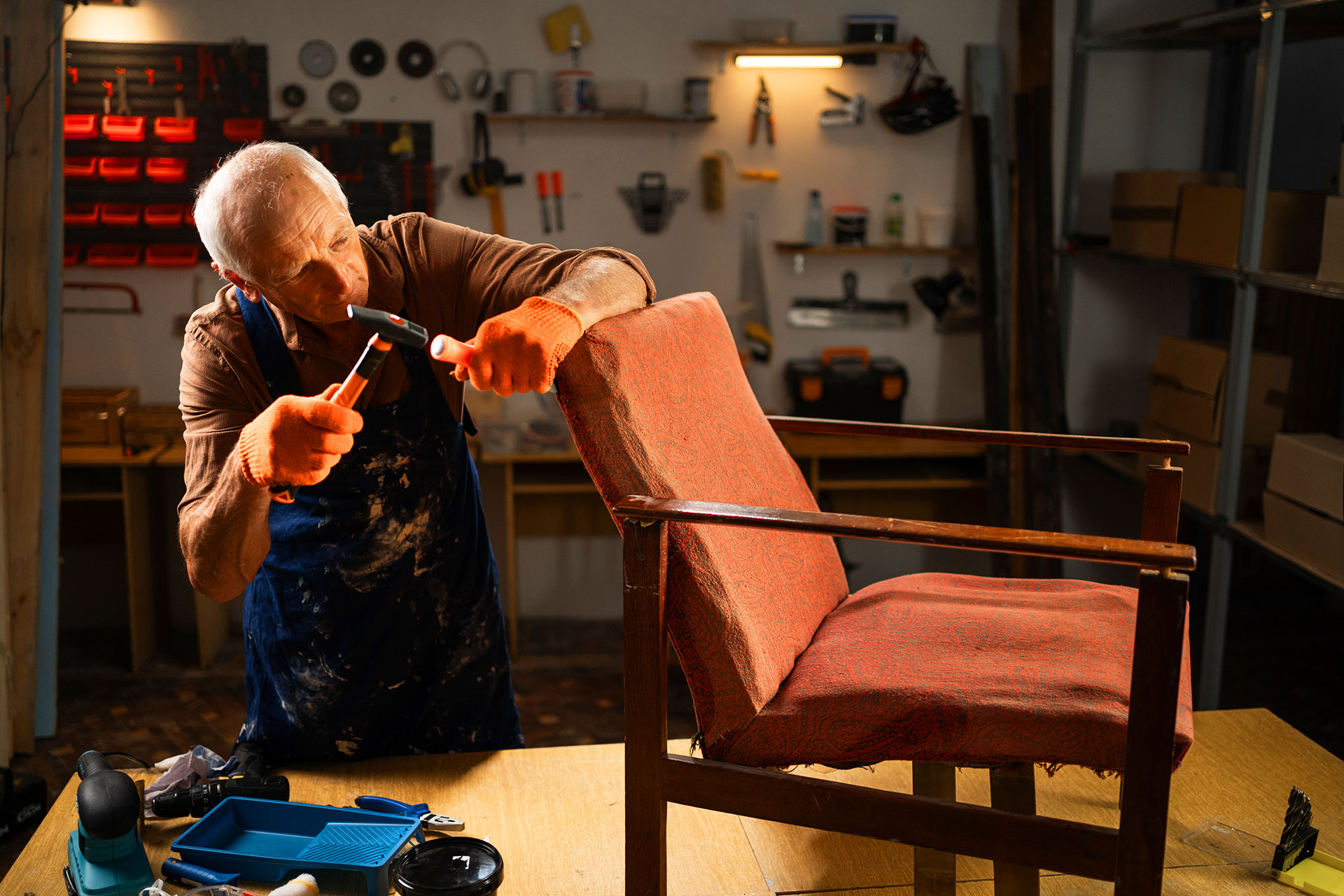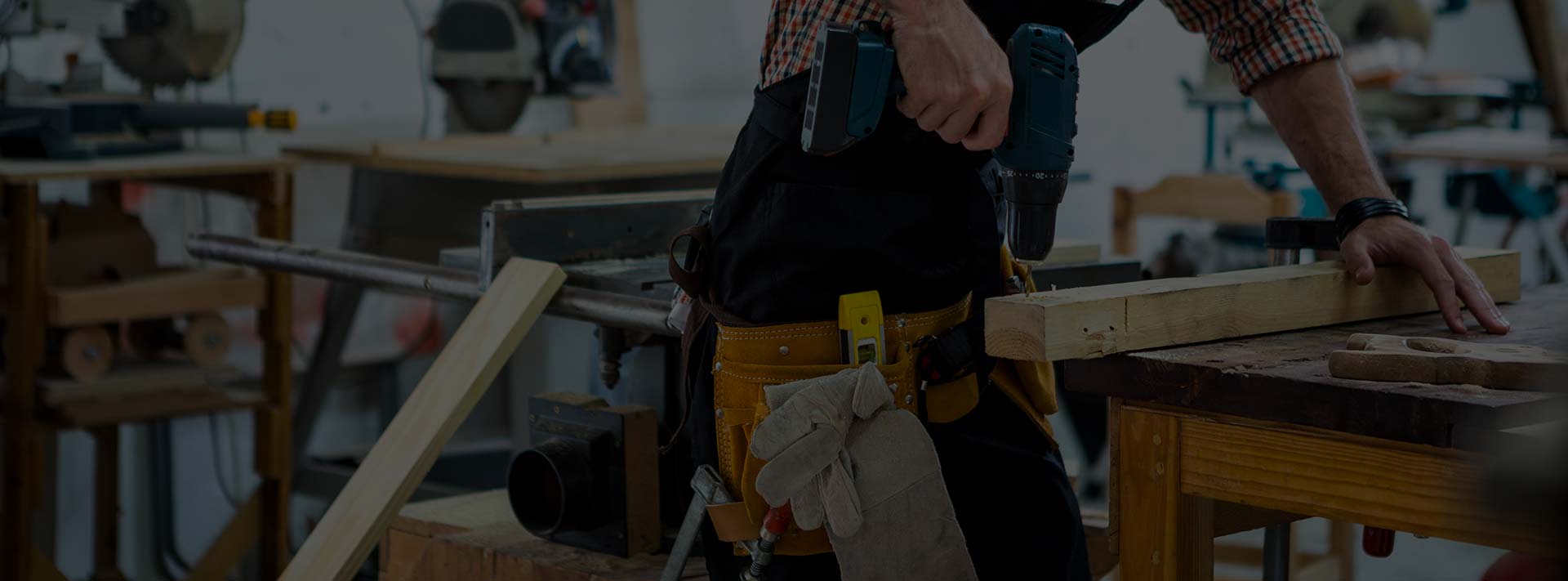
12 Jul Forget Frustration. Master Curves and Edges Like a Pro
Let’s be honest. Curves and corners are where most upholsterers throw their hands up. That perfect round arm. That tight swoop on the seat back. They look elegant in theory, until you’re knee-deep in puckers, pleats, and regrets.
Mastering curves and edges isn’t just about technique. It’s about having the right materials working with you, not against you. You can only finesse so far before the supplies need to meet you halfway.
It’s Not Magic. It’s Precision
The difference between a rookie-looking edge and a pro-level finish often comes down to one thing: control. You need materials that bend when you want them to bend. Hold when you want them to hold.
If your tools are stiff, bulky, or unpredictable, even your best work turns into a wrestling match. But the moment you introduce flexible, streamlined supports into your workflow, suddenly, those impossible angles start cooperating.
Here’s where control matters most:
- Inside corners that usually bunch or ripple
- Outer edges where tension likes to slack
- Narrow, modern profiles that leave no room for error
When the product flexes but doesn’t fail, your finish stays tight and smooth, just the way you imagined it.
Stop Forcing It. Start Flowing With It
Fabric has a personality. Some play nice, others throw tantrums. The key is learning how to guide it rather than battle it. That only works when your base layer—the bones of your build, is designed to move with you.
You shouldn’t need three hands and a miracle to get one curve right. You just need the setup that makes control second nature. That’s the trick behind every smooth curve you’ve ever admired: not brute force, but smart reinforcement.
Frustration Isn’t a Badge of Honor
We’ve all been there. Pulling. Tugging. Smoothing. Starting over. Again. And again.
But great upholstery doesn’t have to feel like a fight. The pros don’t push through because they’re superheroes. They just have tools that let them work smarter. Tools that were made with real-world curves in mind, not perfect diagrams.
So if you’re constantly adjusting, trimming, or re-tacking, take a pause. Maybe it’s not your technique. Maybe it’s time to rethink what’s underneath your fabric.
From Struggle to Signature Look
You want to be known for your signature finish. For pieces that don’t just look good but feel intentional. Controlled. Confident.
That reputation doesn’t come from shortcuts. But it also doesn’t come from needless suffering. When you switch to the right support system, everything changes. Your curves are cleaner. Your edges stay sharp. Your pace picks up.
And the stress? That disappears right along with the bunching.
So forget the frustration. Grab tools that help you master every line, and make every project your cleanest yet.



